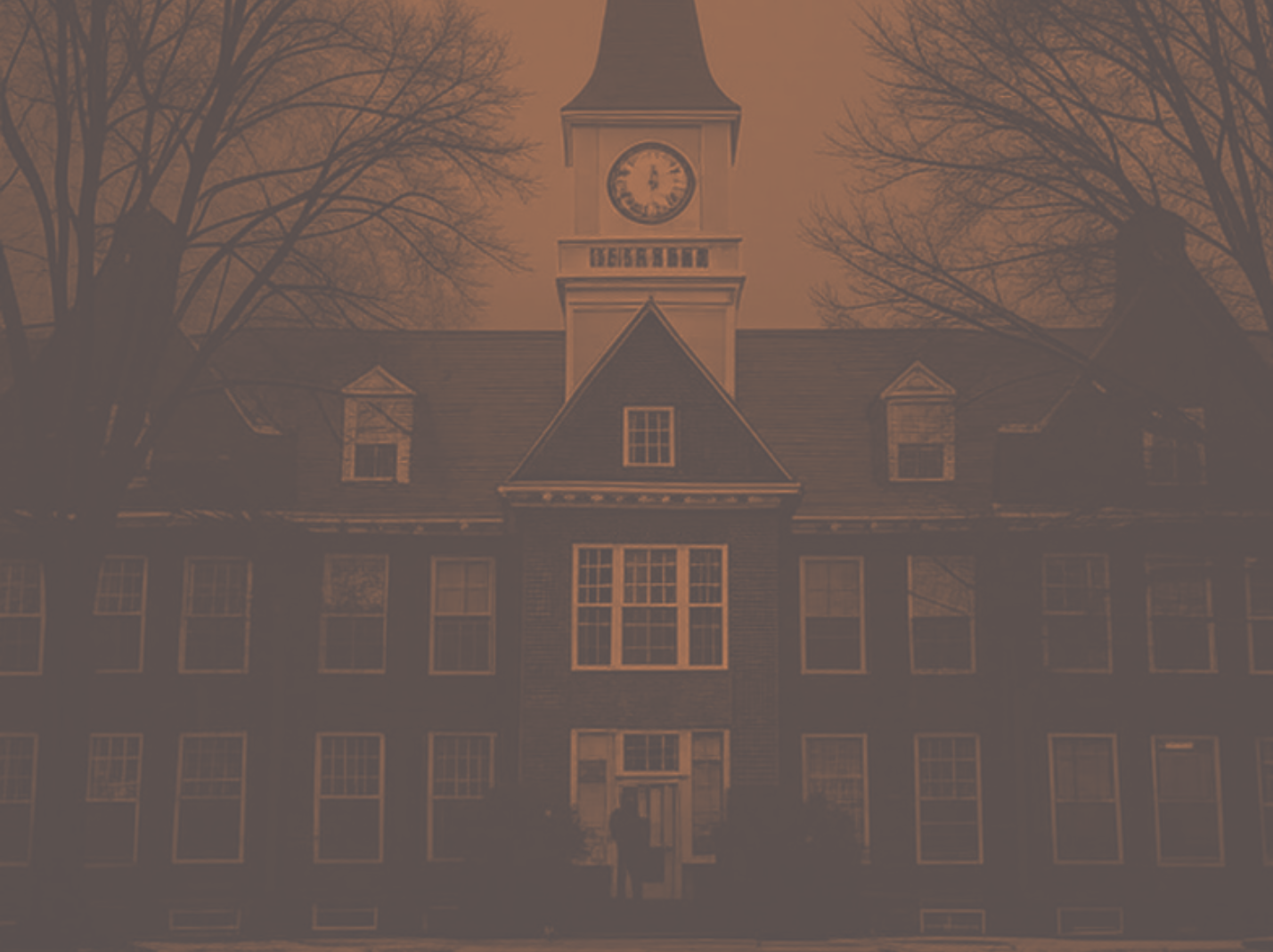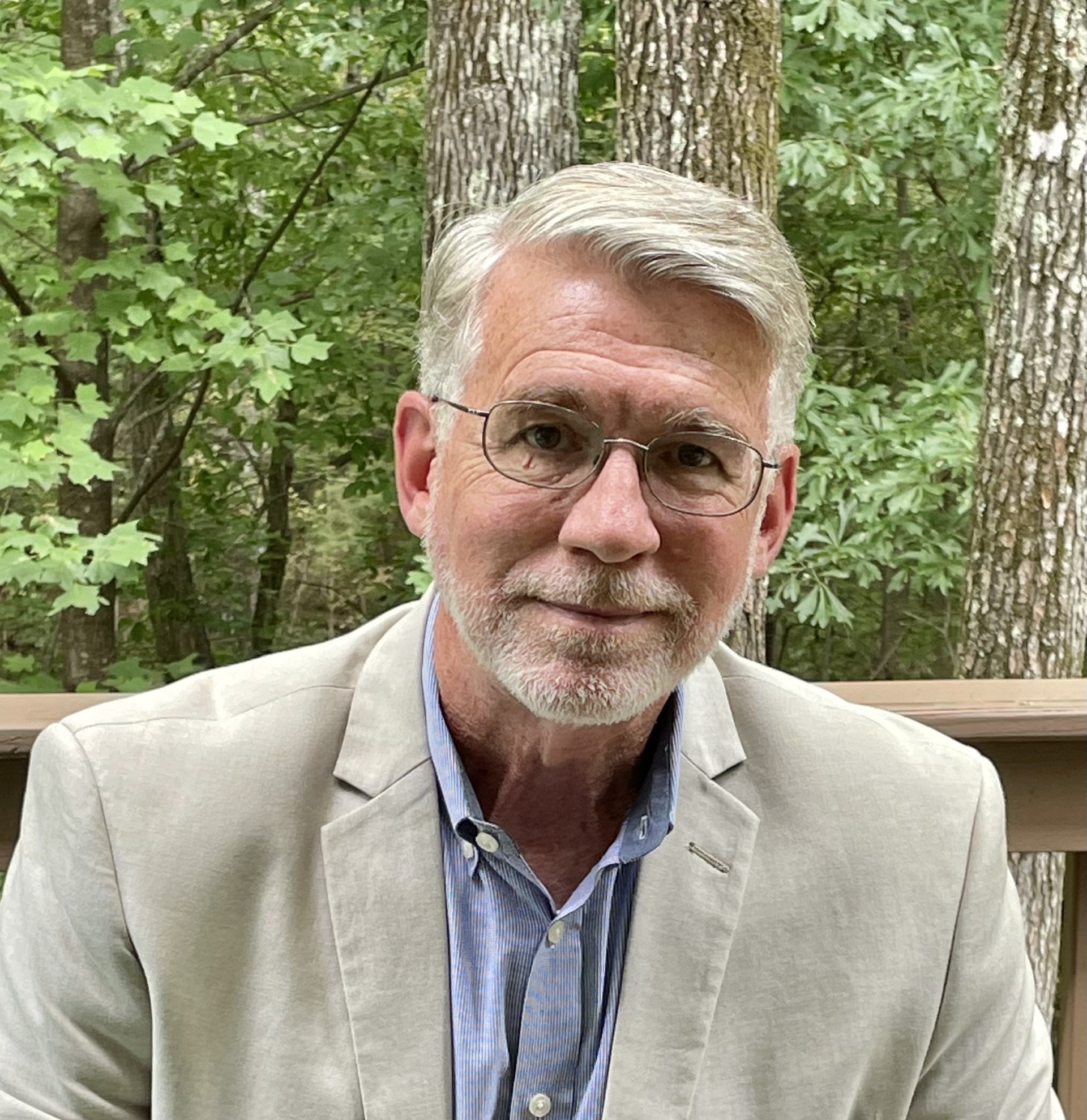
In a few days, hordes of witches, ghosts, walking skeletons, and other assorted monsters will descend upon my suburban cul-de-sac. None of them frightens me very much, with the possible exception of the overweight 45-year-old dude in the Spider-Man costume.
No, as a long-time college professor, I’m most afraid these days of three things: bad robots, the abyss, and the undead.
By “bad robots,” I am referring, of course, to artificial intelligence, or AI. And what scares me about AI—well, perhaps I should say “concerns me”—is that AI could render my life’s work meaningless.
I teach writing, which I’ve always regarded as an essential skill all students should master, regardless of their major. As management guru Peter Drucker observed many years ago, writing is a skill every professional needs to do well. It’s a career-enhancing skill in that those who are best at it tend to go furthest in their fields. This is what I have believed and taught—nay, preached—for more than 40 years, with quasi-religious fervor.
[RELATED: AI’s Tale of Campus Ghost Folklore]
But if workers can essentially farm out their writing to a robot, and in many cases, it can do a better job of it than they can, what is the point of teaching them to write while they’re in college?
To be clear, as I recently wrote for Minding the Campus, I do believe there’s still a point in teaching writing, despite the growing intrusion of AI. I still believe there are things humans can do—such as reason and engage people on a personal level—that robots can’t. What scares me is that the number of colleagues who agree with me on this point seems to be shrinking. More of them each day are being assimilated into the Borg, and the message from them is clear: Join us. You will be much happier. We promise.
The fact that I refuse to join probably won’t affect me much. I’m just a few years from retirement. But I worry how fully embracing a world run by robots, many with dubious intent, will affect those who come after me—especially my children, one of whom is also an academic.
The second thing I’m afraid of is the abyss. Or perhaps I should capitalize that: The Abyss. By this, I mean what is commonly referred to as the “enrollment cliff”—the demographic reality that the number of college-age young people in this country is decreasing due to historically low birth rates. Specifically, after years of slow, gradual decline, the birthrate in the United States basically fell off the table in 2008. If we add 18 to 2008 (18 being the age at which most kids begin college), we can expect that enrollments will begin to fall sharply in 2026.
How will this affect colleges and universities moving forward? My guess is that the large flagships and well-endowed, highly selective privates will be fine, numbers-wise. But I worry about the smaller institutions: community colleges, private liberal arts schools, and the public “directional” universities. Many have already cut programs or even closed their doors, and I think we can expect to see much more of that in the coming years.
This does not bode well, in my view, for our higher education system in general, which thrives on having institutions of different sizes, with different focuses, for different students. The system will likely become more elitist and less egalitarian. I know some on the right might welcome that, but I don’t. I believe it’s a bad development that will lead to a less capable, dumber, and more divided society.
Finally, perhaps what I fear most is the undead: the “diversity, equity, and inclusion” movement, or DEI, which, like Jason in the old Halloween movies, just refuses to die.
Its aims and methods have been thoroughly discredited, the public has largely turned against it, lawmakers in many states have declined to continue funding it, and institutions are (supposedly) closing their DEI offices. But that doesn’t seem to matter to the true believers. They just change the name and carry on with exactly the same agenda.
What this means is that, next time we have a presidential administration more sympathetic to DEI, these programs will pop up again all over the country like mushrooms after a spring rain. Or perhaps cicadas would be a better metaphor, since what we will discover is that they were never really gone. They were just dormant, lying in wait for an opportune moment, like those underground spacecraft in War of the Worlds. (Yeah, that’s probably too many metaphors in one paragraph. Fear does that to me.)
[RELATED: U of Oregon Violates Free Speech in Halloween Costume Punishment]
When that happens—as it almost certainly will, given how patiently the left has always played the long game—it will likely mean the end of higher education as we know it, assuming the bad robots and the abyss haven’t already finished the job.
If there is a ray of hope, it’s that all these dangers are yet preventable.
We still have time to get a handle on AI and make sure it doesn’t destroy everything we’ve built. We have time to make needed changes to our programs, staffing, and funding models to ensure we don’t all plunge over the cliff. We have time to root out DEI, in whatever guise, and make sure it never rises again.
Because if we don’t do those things, well, not even Spider-Man can help us.
Image generated by Grok

“But if workers can essentially farm out their writing to a robot, and in many cases, it can do a better job of it than they can, what is the point of teaching them to write while they’re in college?”
This issue came up a half century ago when the four-function electronic calculator arrived in the 1970s. Why should we teach high school students to add, subtract, multiply and divide when they could buy a calculator and it was clear that this technology would soon be built into cash registers, gas pumps and whatnot. (OK, there was the Pentium chip that said that 2+2=3.99999 but that got fixed and the chips replaced.)
The argument I make is that it is like the job of the airline pilot in the era of the autopilot (and the truck driver when self-driving trucks arrive) — the job of the human is to monitor the machine. The machine is less likely to make a mistake than a human, but when it does make a mistake, it is a BIG mistake. Hence it is more important for the human to recognize an answer that can’t possibly be right than to actually know the right one.
It’s not writing as much as logic and construction that students will need to know because it will be more important for them to recognize bad writing and to identify logical fallacies.
Logic! (and construction) I was chair of a committee responsible for building an “institutional requirement”; a class that every student had to take at some point during their first two years. I was able to wrangle the five other faculty into approving a basic course in propositional logic, rhetorical fallacies, and such. (I had previously tried to introduce syllogistic argument in the essay portion of my art history course to no avail.)
The administration shot down the recommendation because, and I QUOTE (!) “not enough of our students could pass such a course.) As faculty, we had faith they could, but administration was worried about enrollment when a student saw they’d be required to make an argument, I guess.
This is one canary in our academic coal mine that seems to have expired.